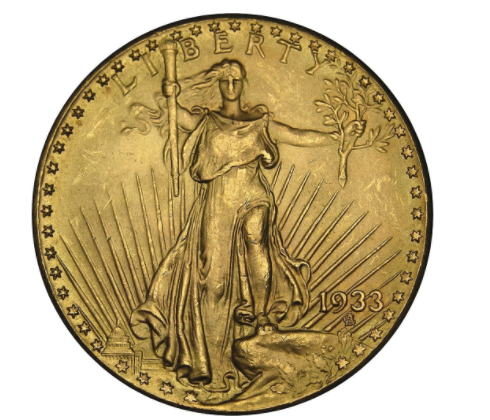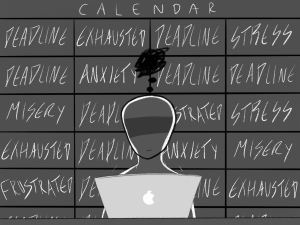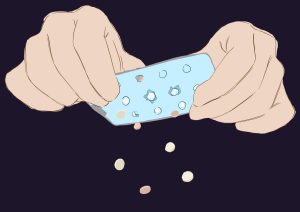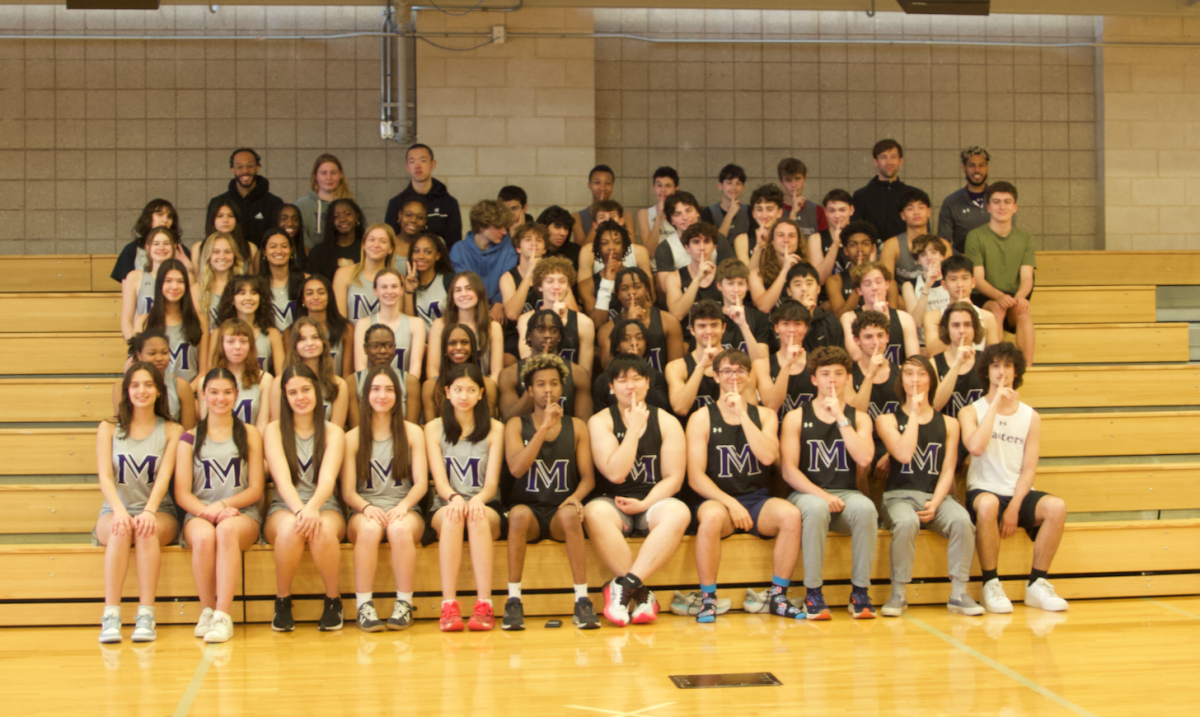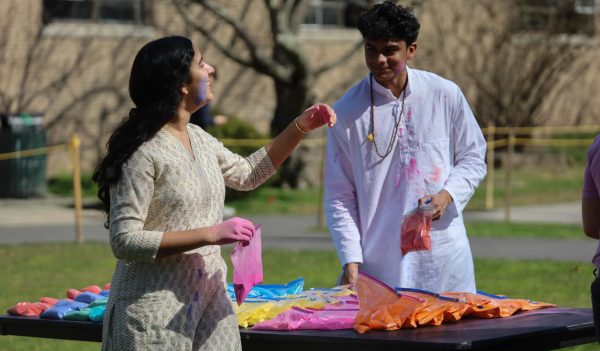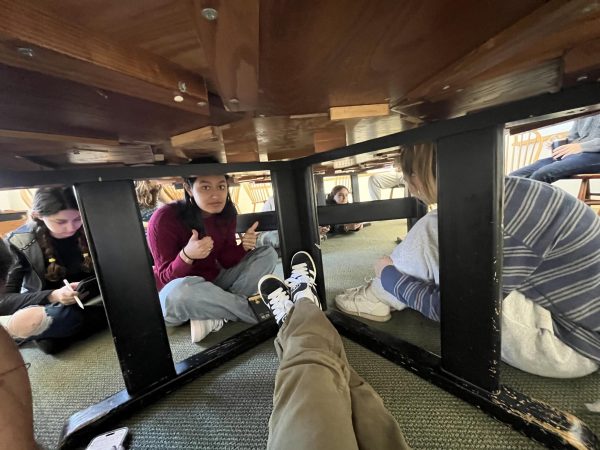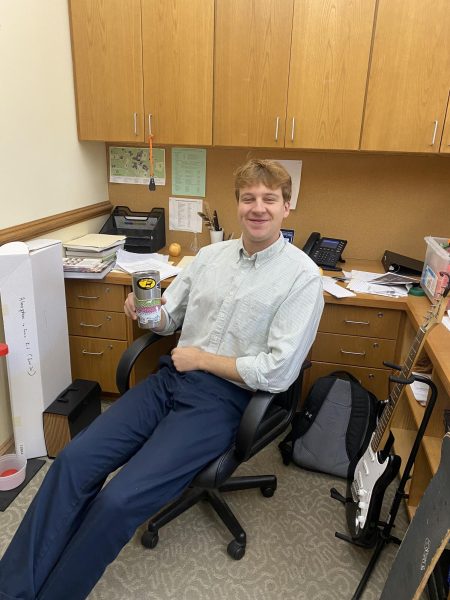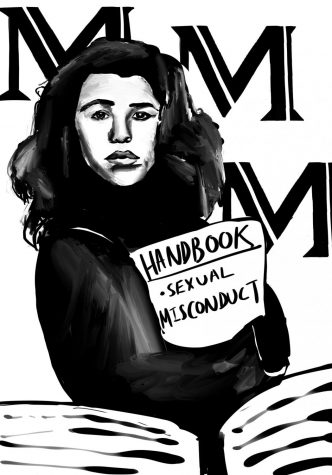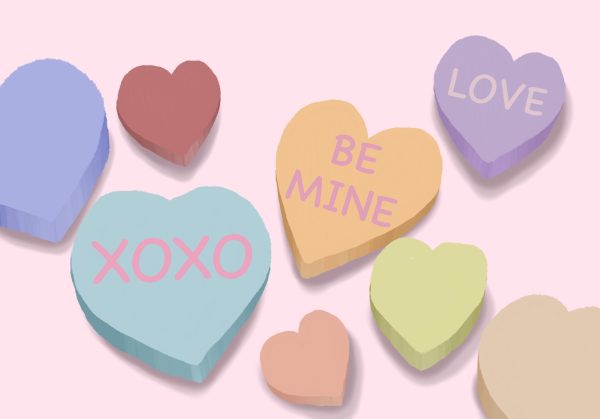Rare currency
May 8, 2017
One of the things I like to do in my spare time is collect foreign or exotic currency. From absurdly large bills for defunct currencies to the more obscure American denominations, I’ve spent countless hours poring over old coins, many of which have been made obsolete by the euro or are from countries that don’t even exist anymore. (I’ve found that most of these are from East Germany, which has pathetic plastic-like aluminum coins, although I have one rusted square coin from “British India”). The pride and joy of my collection, however, is either my 1902 Native American penny (that depicts a man wearing a Great Plains headdress instead of Abraham Lincoln) or an 1892 Queen Victoria gold coin that belonged to my great grandfather.
Although this is a rather niche hobby that no one else at Masters seems to have, I’ve found entire forums and markets online that exist for this bizarre subculture. And, as any of my readers know, tiny subcultures are my specialty.
For one, there is a serious ranking system when it comes to collecting coins. The price of any coin, from the slightly uncommon to the incredibly rare, is determined by the coin’s condition. The most valuable coins have very clear markings, are virtually untouched, and retain much of their original luster. The cheapest ones have their marks covered by (occasionally blue-colored) rust or are very worn away. When it comes to certain coins, such as silver dollars, their value is determined by the date they were minted, as this indicates what ratio of metals makes up the coin.
More fascinating than value, however, are the coins known by everyone in this small community. For example, wartime shortages in 1943 led to grayish, steel pennies being minted, and it is on my bucket list to obtain one of these unique pennies. Even more elusive is the 1933 gold Double Eagle coin; all but one of them are illegal to own.




